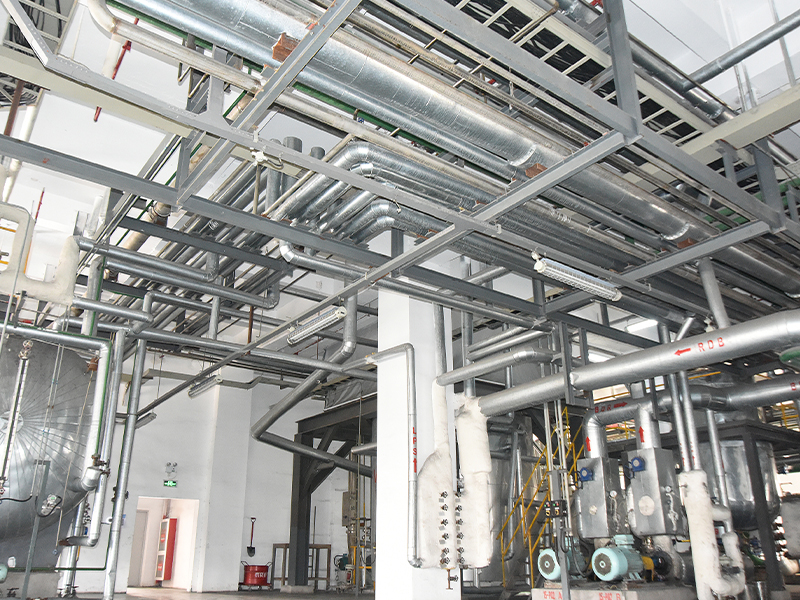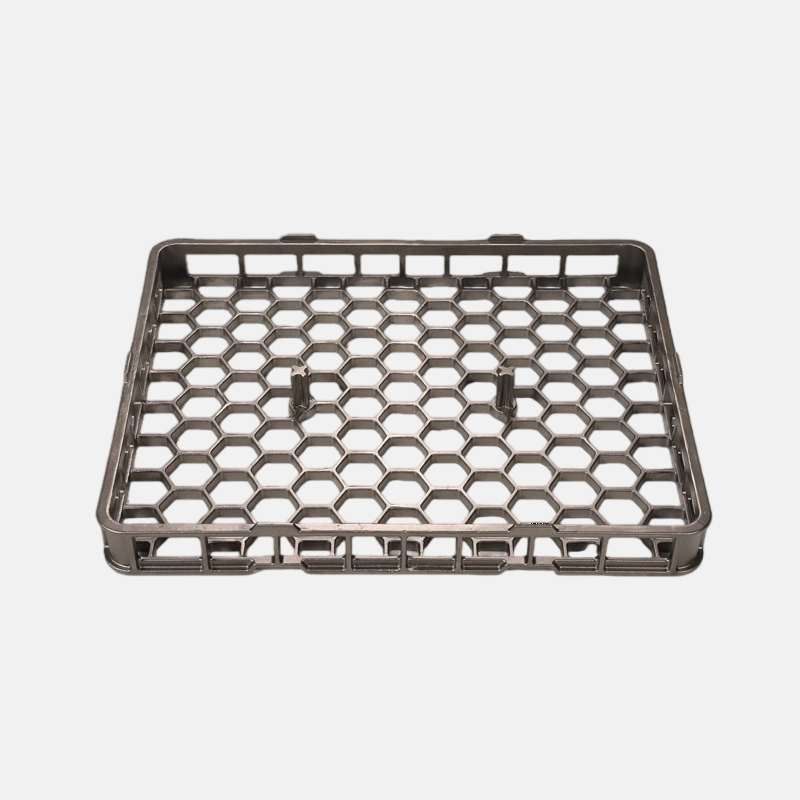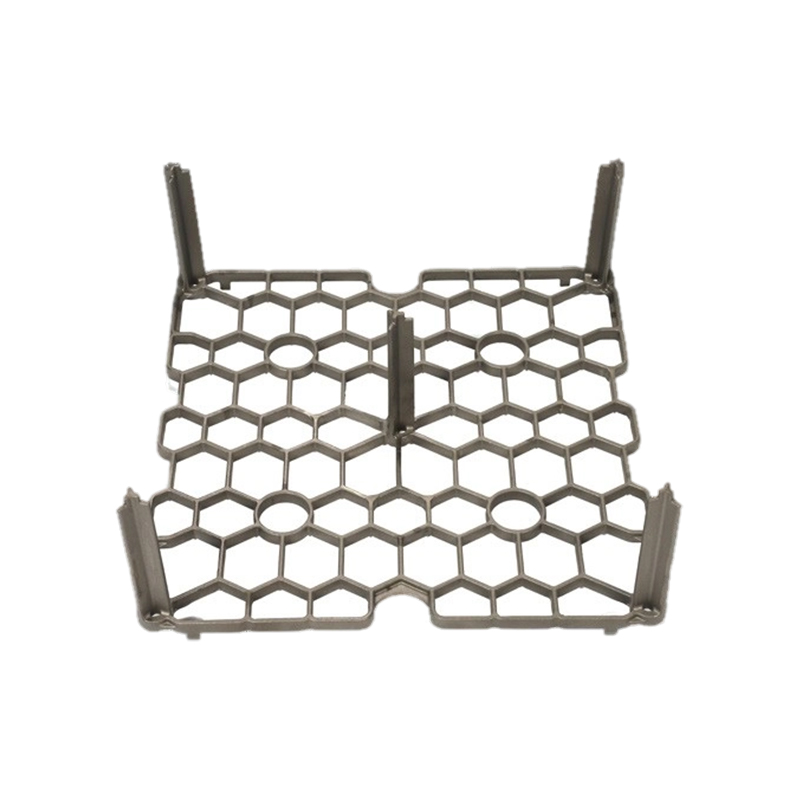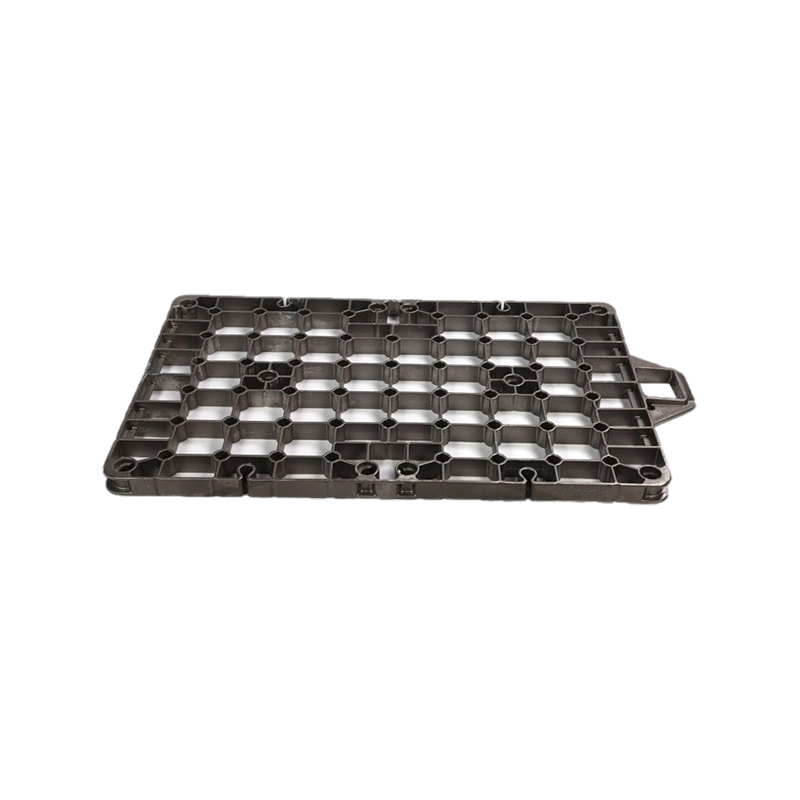In high-end manufacturing, ultra-thin wall design is becoming a core technical requirement in the fields of aerospace, medical devices and precision instruments. Faced with the limitations of traditional casting technology, Precision Lost Wax Casting has successfully broken through the wall thickness limit with its unique process flow and micro-control capabilities, providing a reliable path for the mass production of complex thin-walled components. This article will deeply analyze its technical principles and practical applications.
Technical process and ultra-thin wall design advantages of precision lost wax casting
Precision Lost Wax Casting is a high-precision casting process that combines digital design with traditional lost wax method. Its core lies in the iterative control of multi-level precision to achieve complex structure molding with a wall thickness of less than 0.3 mm. The process can be divided into four steps:
High-resolution mold and wax mold molding
The master mold is made using 3D printing or CNC machining technology to ensure that the prototype size tolerance is controlled within ±0.05 mm. The liquid wax is injected into the mold and solidified to form a wax mold that is completely consistent with the geometric features of the final product. In this stage, the wax fluidity optimization and vacuum degassing technology can be used to avoid fracture or collapse caused by surface tension in ultra-thin areas.
Multilayer ceramic shell construction
The surface of the wax mold is coated with nano-ceramic slurry layer by layer to form a ceramic mold shell that is resistant to high temperatures (>1500°C) and has high mechanical strength. For ultra-thin wall design, the thickness of the ceramic layer needs to accurately match the thermal expansion coefficient to prevent deformation caused by stress concentration during dewaxing and pouring.
Directional melting and vacuum casting
The alloy melt is injected into the mold shell in a vacuum or inert gas environment, and the grain coarsening phenomenon in the thin-walled area is suppressed by electromagnetic stirring and rapid cooling technology. Compared with traditional gravity casting, the vacuum environment can reduce the porosity defect rate to less than 0.1%, ensuring the uniformity of wall thickness.
Digital post-processing and inspection
After chemical cleaning and CNC finishing, the casting is fully verified by industrial CT scanning and optical profilometer, with a detection accuracy of micrometers to ensure that the ultra-thin structure meets the design requirements.
Technical highlights: Collaborative innovation of micromechanics and materials science
The key breakthrough of Precision Lost Wax Casting in solving ultra-thin wall design lies in:
Flow control algorithm: Through computational fluid dynamics (CFD), the filling behavior of molten metal in narrow flow channels is simulated to optimize the design of the pouring system to avoid cold shut or undercasting.
Ceramic shell material upgrade: The composite ceramic mold shell doped with zirconia can withstand higher thermal shock and ensure the geometric integrity of thin-walled structures during high-temperature pouring.
Alloy adaptability: For difficult-to-process metals such as titanium alloys and high-temperature nickel-based materials, special dewaxing agents and surfactants are developed to reduce the interfacial resistance between the melt and the mold shell.
Industry application and economic benefits
At present, this technology has been successfully applied to many cutting-edge fields:
Medical field: Manufacturing implantable devices such as vascular stents, the wall thickness can be controlled at 0.1 mm, and it has both biocompatibility and mechanical strength.
Aerospace: Thin-walled honeycomb structure casting of turbine blade film cooling holes reduces weight by 15% while improving temperature resistance.
Consumer electronics: One-piece molding of millimeter wave antennas in 5G communication equipment reduces signal loss caused by traditional sheet metal welding.
According to industry reports, companies using Precision Lost Wax Casting can shorten the development cycle of complex thin-walled components by 40% and increase material utilization to more than 95%.
Future Outlook
With the integration of additive manufacturing and artificial intelligence technology, Precision Lost Wax Casting will further develop in the direction of intelligence. For example:
Machine learning optimizes casting parameters in real time and dynamically compensates for wall thickness deviations;
Solid wax molds are directly 3D printed, skipping mold restrictions to achieve single-piece customized production.
Conclusion
Ultra-thin wall design is not only a process challenge for the manufacturing industry, but also a strategic need to promote product lightweighting and functional integration. Precision Lost Wax Casting redefines the boundaries of precision casting with scientific process design and interdisciplinary innovation, providing a reliable technical foundation for the next generation of industrial products.
 English
English русский
русский Español
Español عربى
عربى




